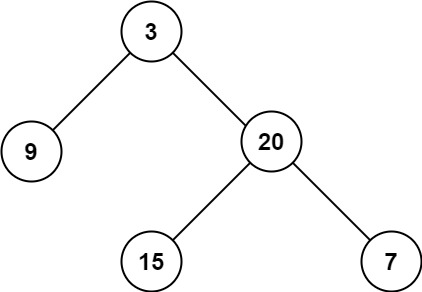You are climbing a staircase. It takes n steps to reach the top.
Each time you can either climb 1 or 2 steps. In how many distinct ways can you climb to the top?
Example 1:
Input: n = 2 Output: 2 Explanation: There are two ways to climb to the top. 1. 1 step + 1 step 2. 2 steps
Example 2:
Input: n = 3 Output: 3 Explanation: There are three ways to climb to the top. 1. 1 step + 1 step + 1 step 2. 1 step + 2 steps 3. 2 steps + 1 step
Constraints:
1 <= n <= 45
Idea:
Dynamic programing
dp[i] represents how many distinct ways climb i stairs to the top
dp[1] = 1;
dp[2] = 2;
dp[3] = dp[2] + d[1];
dp[4] = dp[3] + d[2];
...
dp[i] = dp[i - 1] + dp[i - 2];Solution:
/**
* @param {number} n
* @return {number}
*/
var climbStairs = function(n) {
let dp = Array.from(new Array(n + 1));
dp[1] = 1;
dp[2] = 2;
for (let i = 3; i <= n; i++) {
dp[i] = dp[i - 1] + dp[i - 2];
}
return dp[n];
};




